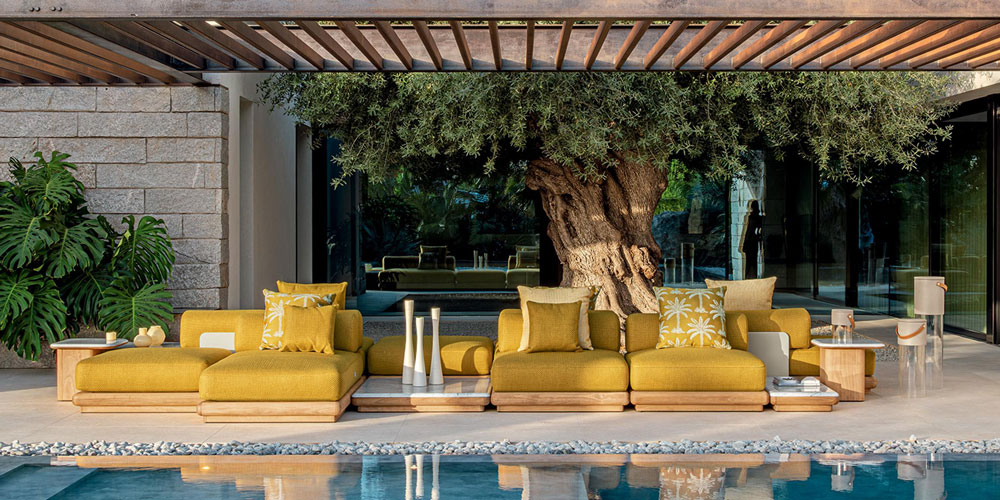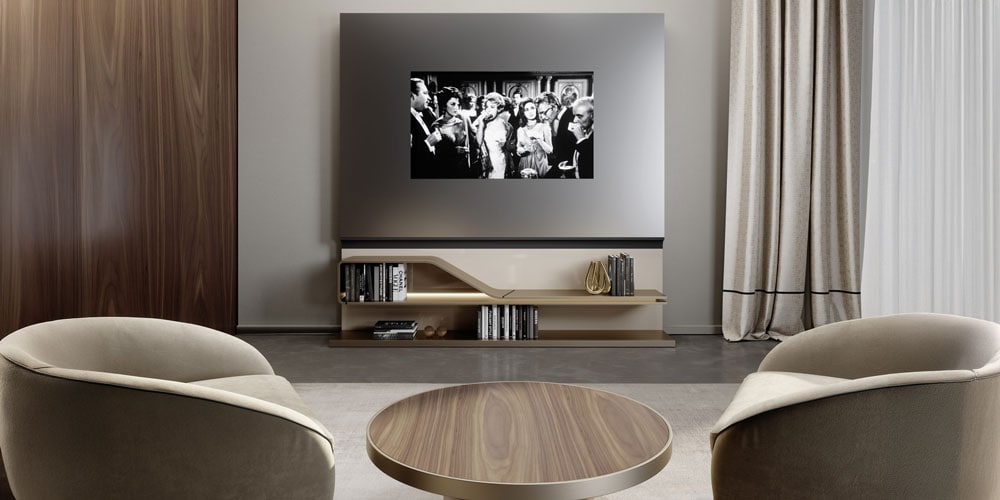Lofts are an exciting option for urban living; they are also a great way to create a self-contained space within the home for guests or teenagers. When designing a loft, your top priority is likely to be finding the most intelligent way to use the space. That means not only optimizing the amount of room you have, but also decorating in a coherent style that suits the building.
Loft style inspiration
Many lofts, thanks to their high ceilings and open plan layouts, are well suited to industrial decor. This is especially true of lofts that used to be commercial spaces. Accentuate their character by making use of a restrained, neutral palette and humble materials like iron, wood and concrete. Accessorize with vintage-inspired accents and stick to solid neutral upholstery.
Smaller lofts
Living downtown sometimes means trading room for convenience. Lofts can be compact, so maximizing the space you have is key. The furniture you choose can be a big help – think motion furnishings and compact designs that work double duty. A round dining table with pedestal base lets you tuck the chairs right in, saving a ton of room. An extension table, like the Myles or the Era, starts out small but opens to accommodate visitors whenever needed. An ottoman like the American Leather Uno doubles as storage, and even a non-storage ottoman doubles as a side table with the simple addition of a tray. Finally, upgrade your sofa or loveseat to a high-end sleeper, like the American Leather Comfort Sleeper, to ensure you always have a welcoming spot for overnight guests.
Larger lofts
Some lofts present the opposite problem; a loft that takes up the entire top floor of a building, with no divisions between rooms, can feel too big for comfort. One excellent option when faced with a large space is to float the furniture. That means moving all the furnishings in the room away from the wall, toward the center of the room. Before floating, ensure that all the furnishings you plan to involve are finished at the back, so they look good from all angles.
Reduce noise problems by adorning your loft with window coverings, canvas paintings, fabric draperies and carpets, all of which absorb sound waves and reduce echo. Adding an area rug that’s bigger than your floated furniture setting will also make the space feel smaller and cozier; aim for all of the furniture to be sitting on the same giant rug. Use large bookcases as room dividers and fill them with objects of interest to both personalize your loft and create defined spaces within in. You may find, with all this extra room, that one of those new spaces can be put to use in a way you never considered before. Treat yourself to a reading nook, a mini-home office, or simply a more private bedroom within the larger room.





